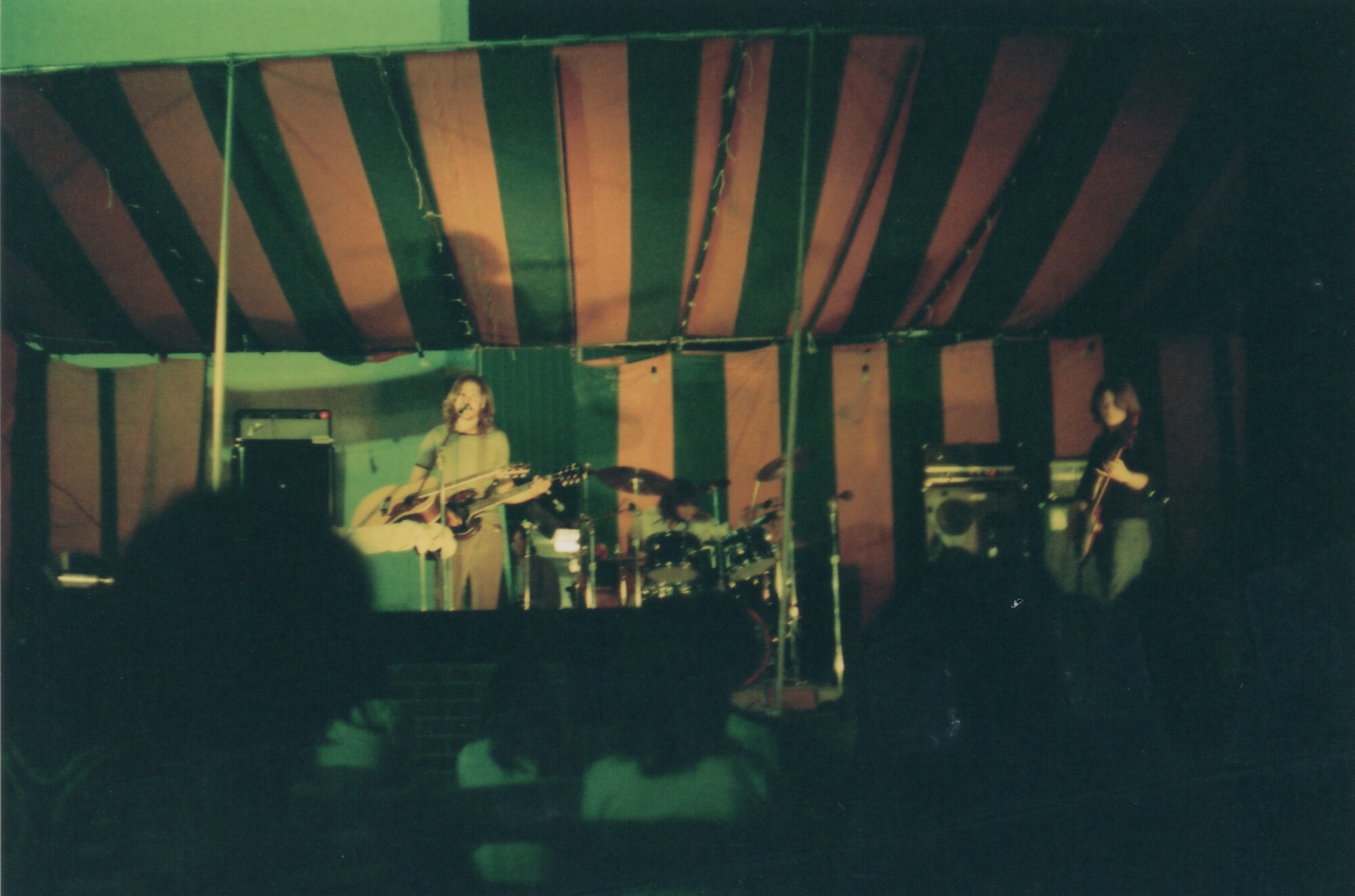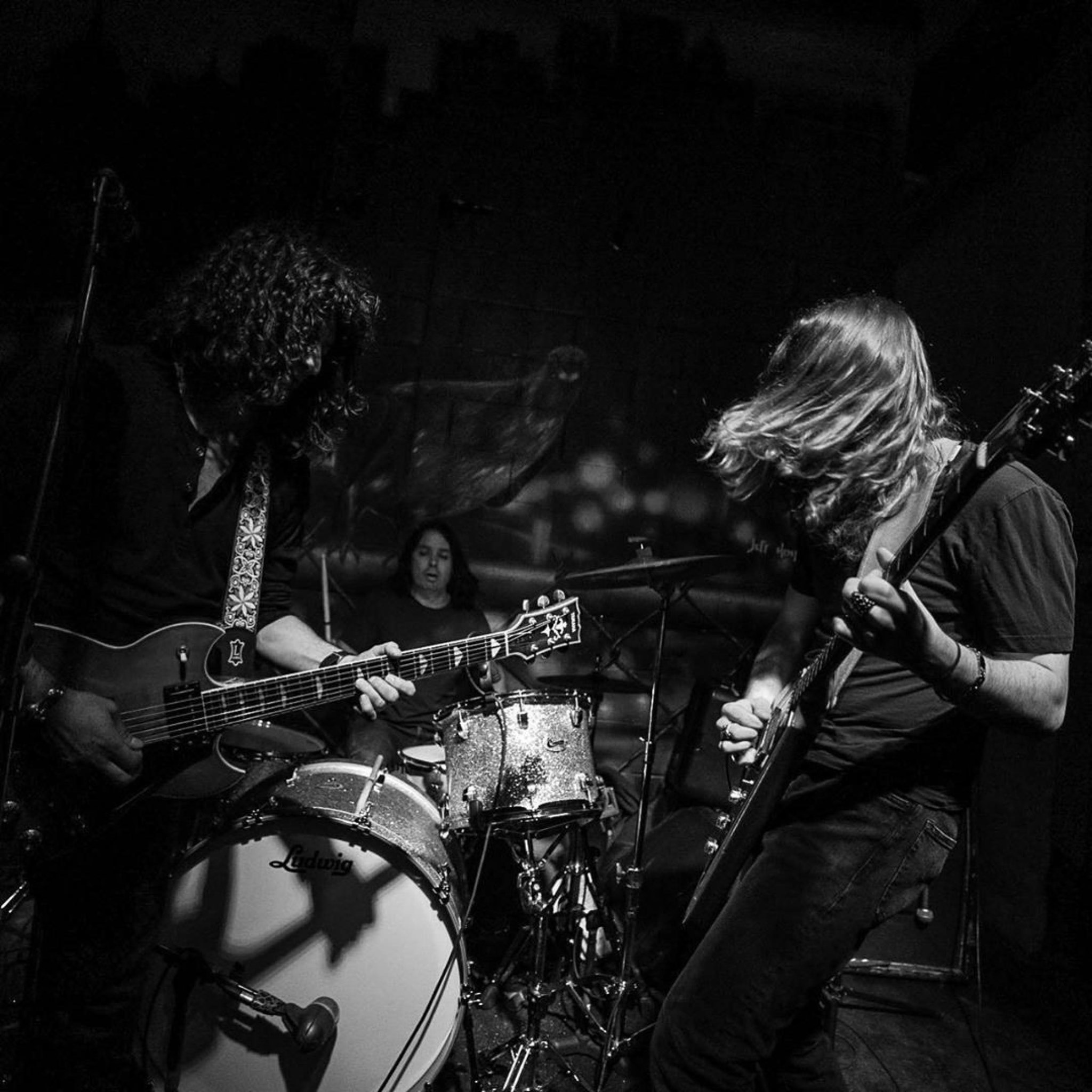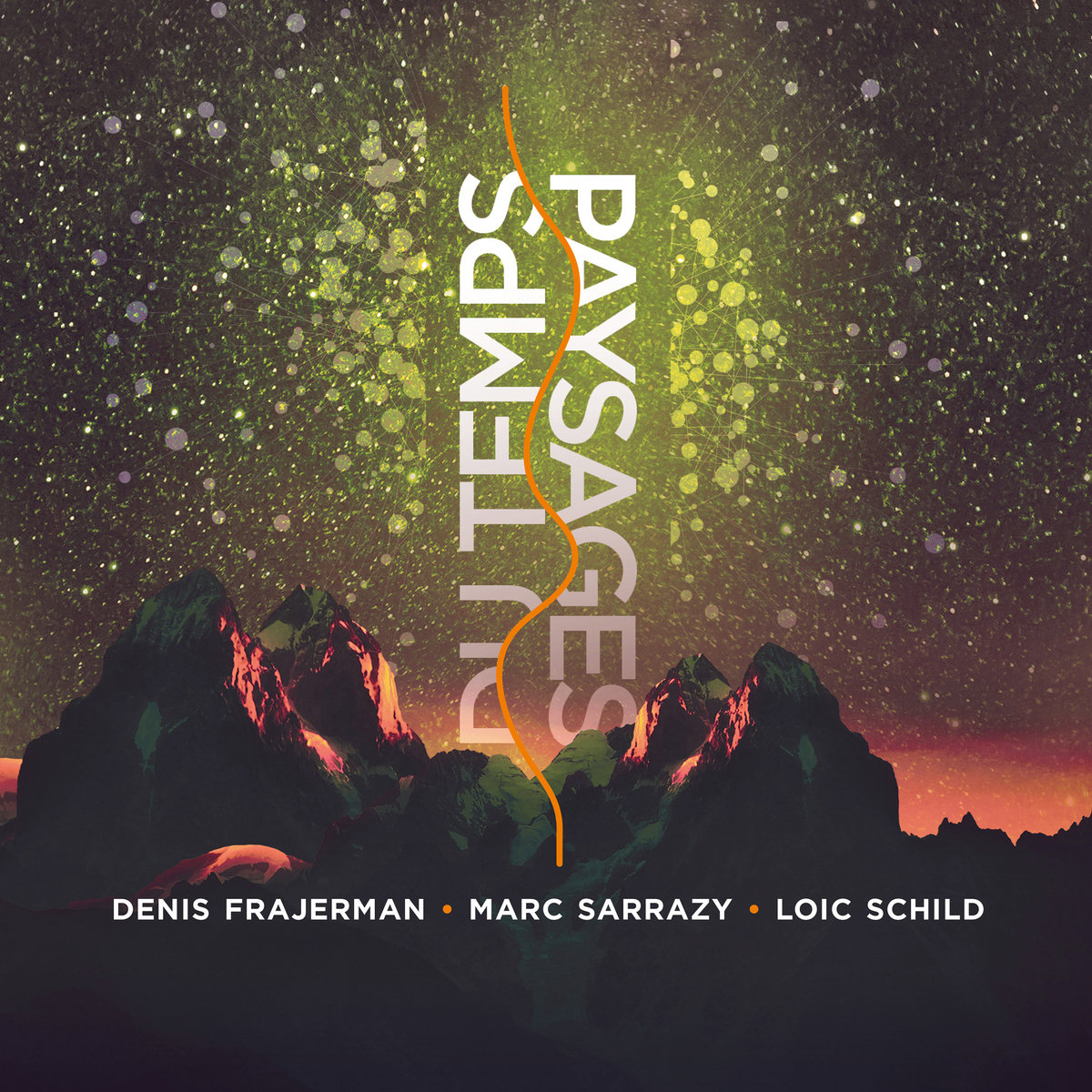Yezda Urfa | The Forgotten American Prog Rock Band Set for ‘Boris’ Reissue
Yezda Urfa’s unique blend of progressive rock, jazz fusion, and experimental sound made them one of the most distinctive bands of the ’70s underground scene, even though their music never fully received the recognition it deserved in their time.
Despite facing time and budget constraints, they captured some truly remarkable moments at Universal Studios in Chicago and later at Hedden West Studios.
Yezda Urfa allowed music to be wild, absurd, and utterly brilliant all at once. Although they were an obscure progressive band, they were a true American anomaly—able to flirt with Gentle Giant’s technicality and Gryphon’s medieval flair while still sounding like nobody else. And damn, the humor was key—something about the way they weaved absurdity and beauty together was pure magic. In a world obsessed with labels, Yezda Urfa wore none, instead creating a world of their own, where each shift in rhythm and every odd time signature felt like the beginning of something never before heard—and maybe, never again. Now, Noble Records will once again surprise us with a top-notch reissue of their 1975 recording of ‘Boris.’
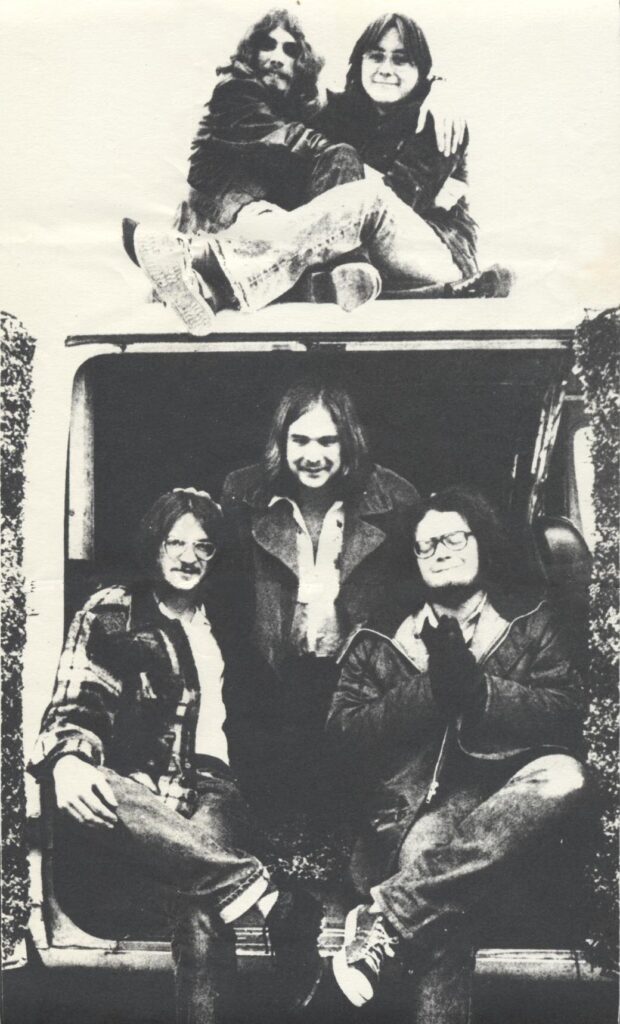
It’s wonderful to have you. Are you excited about the Noble Records reissue? How did it all come together?
Phil Kimbrough: It’s always nice, and a bit surprising, that anyone is still interested in what a bunch of 19-20-year-old kids recorded almost 50 years ago as a demo.
Technically, there was never a title for this demo, but because the first track on side one was ‘Boris and His Three Verses’ and because of the cover artwork, it’s always been referred to as “Boris.” The funny thing is that if we hadn’t pressed a demo album but instead did what was far more normal at the time (and a lot cheaper) — just made a bunch of cassette copies to pass around — no one would’ve likely heard of us. But there’s something about a vinyl record that’s harder to dispose of.
Of course, it didn’t help us at the time, but it did eventually get YU the attention we’d hoped for.
The reissue came about after Dillon Smith at Noble Records reached out to Marc Miller about a year ago. At the time, Dillon hadn’t released anything yet, so I based my opinion of this deal on his YouTube channel videos, where he was obviously very passionate about bringing to light lots of different styles of music. Now that I’ve seen what he did with their first release of Underground Fire, and have talked with him, I’m very excited to hear the remastered version of Boris from the original master tapes and to finally get a new vinyl copy of ‘Boris.’ The only copy I have is the very first test pressing. Amazing that both the master tapes and the test pressing are still in great condition 50 years later.
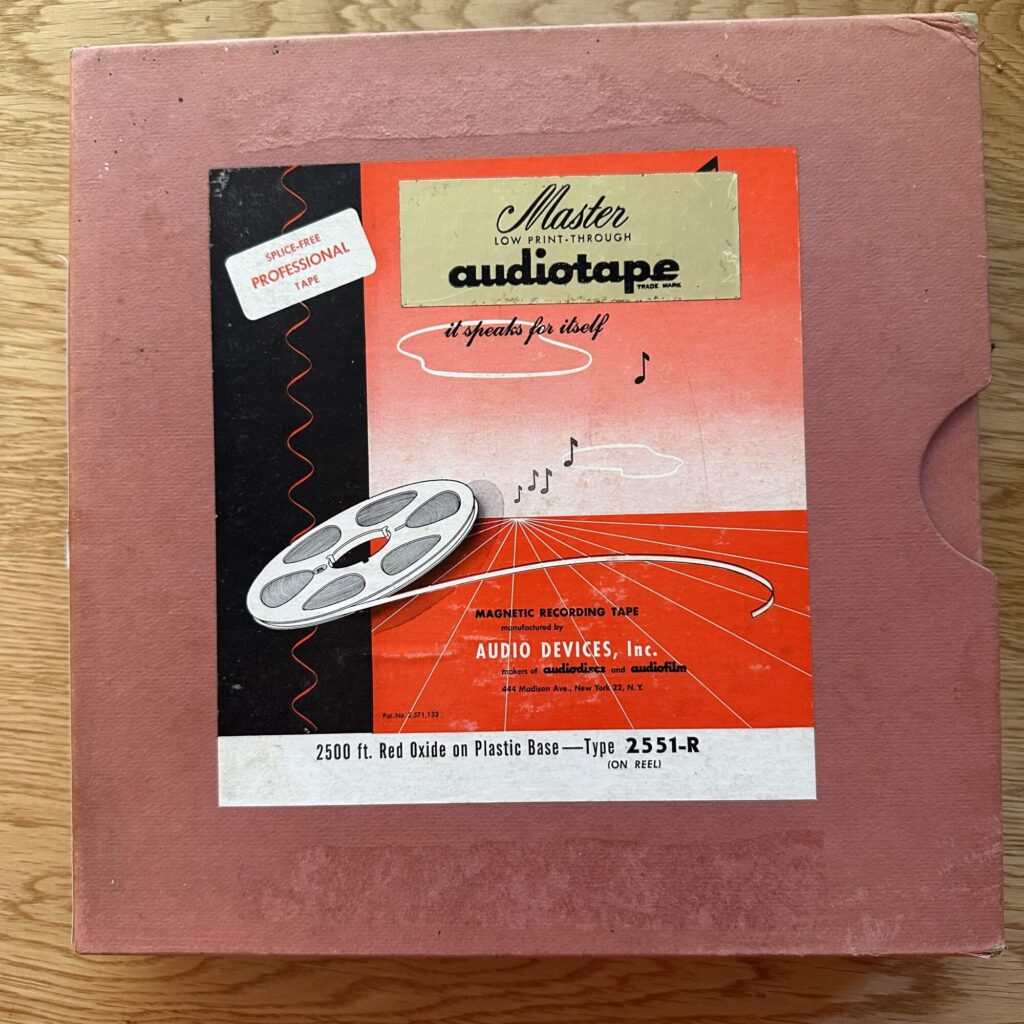
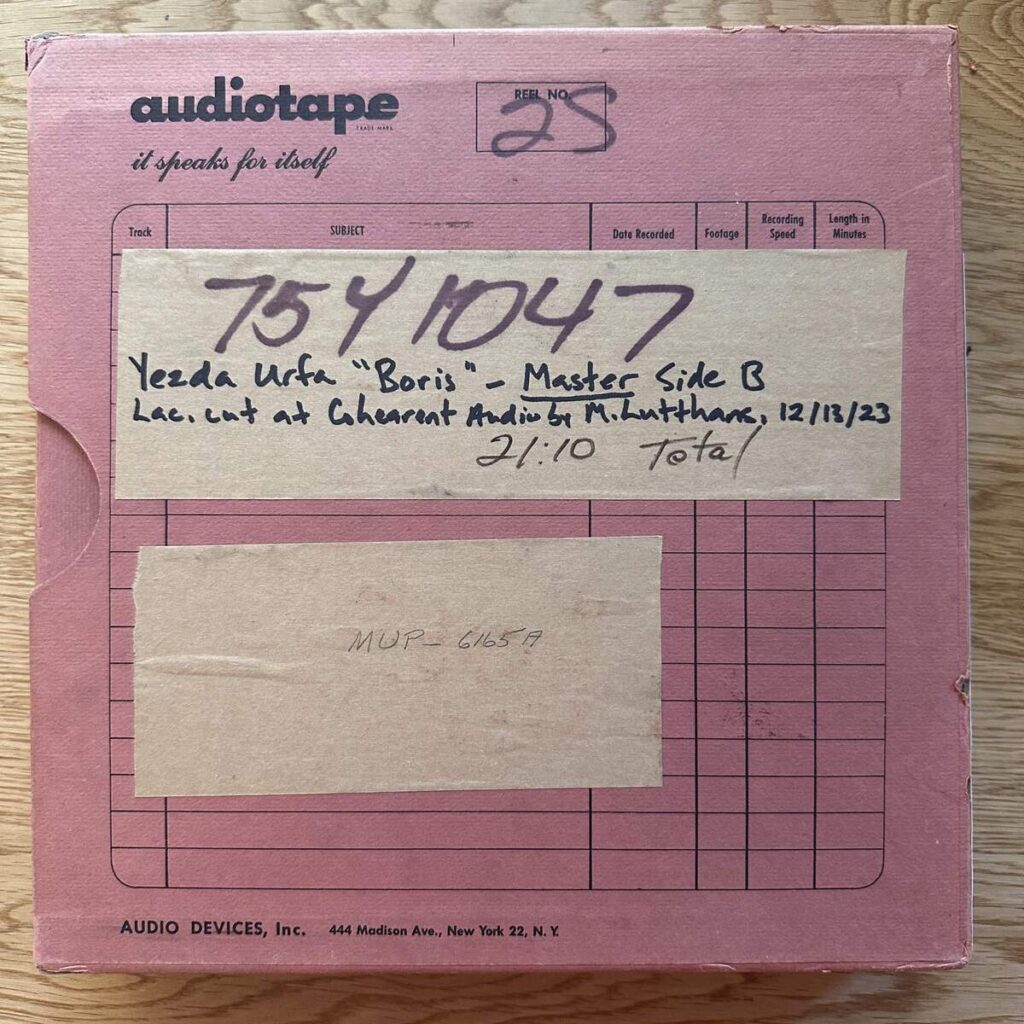
Tell us a bit about your background. Where did you grow up, and what led you to become a musician?
I was born in New Mexico on an Air Force base. I lived in upstate New York until I was 13, and then we moved to Northwest Indiana at the start of high school. Brad (our drummer) lived a couple of houses down the street from me, and that’s how we met.
I started playing the accordion when I was five; it was bigger than me, and I could barely hold it up. I remember being in a room with other accordionists, playing what was probably polka music. Ultra-progressive, I’m sure. Then, I started playing guitar when I was eight. I was never particularly proficient at either. I was inspired to play instruments by the TV theme songs of the time, especially the Flatt & Scruggs banjo-laced theme to The Beverly Hillbillies (‘The Ballad of Jed Clampett’) and, of course, The Monkees. How could you not love the opening guitar riff on ‘Last Train to Clarksville’?
Later, when Mark Tippins and I started playing together, I took up mandolin, flute/recorders, and eventually keyboards, mostly out of necessity. A typical “jack of all trades, master of none” situation. When YU eventually broke up and Mark and I worked on Crafty Hands, I added drums to the list of instruments I could make noise on. Generally self-taught, with a little bit of formal training.
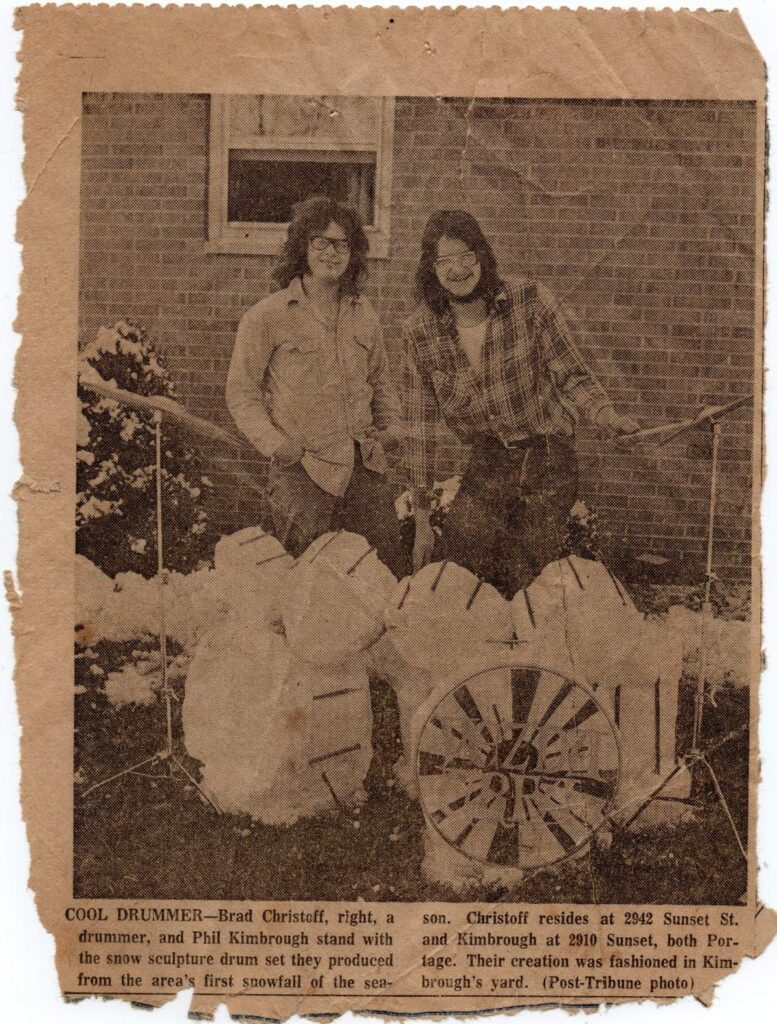
Were you in any bands before forming Yezda Urfa? What was the local scene like back then? Any other cool bands around?
Brad, Marc, and I were in a band during our freshman year of high school with another friend of Marc’s. It was pretty awful. I remember we were playing at some kind of talent show at (I think) the Porter County Fair, and Marc had to go on vacation with his parents, so we didn’t have a bass player. It took us 30 minutes to set up, 3 minutes to play (horribly, as I recall), and another 30 minutes to tear down. I just remember the crowd (what little there was) not being very happy about that.
As far as the local scene, Mark Tippins was the local rock music scene at the time. I remember going to one of those old Friday night sock hops in the gym during freshman year and seeing him play.
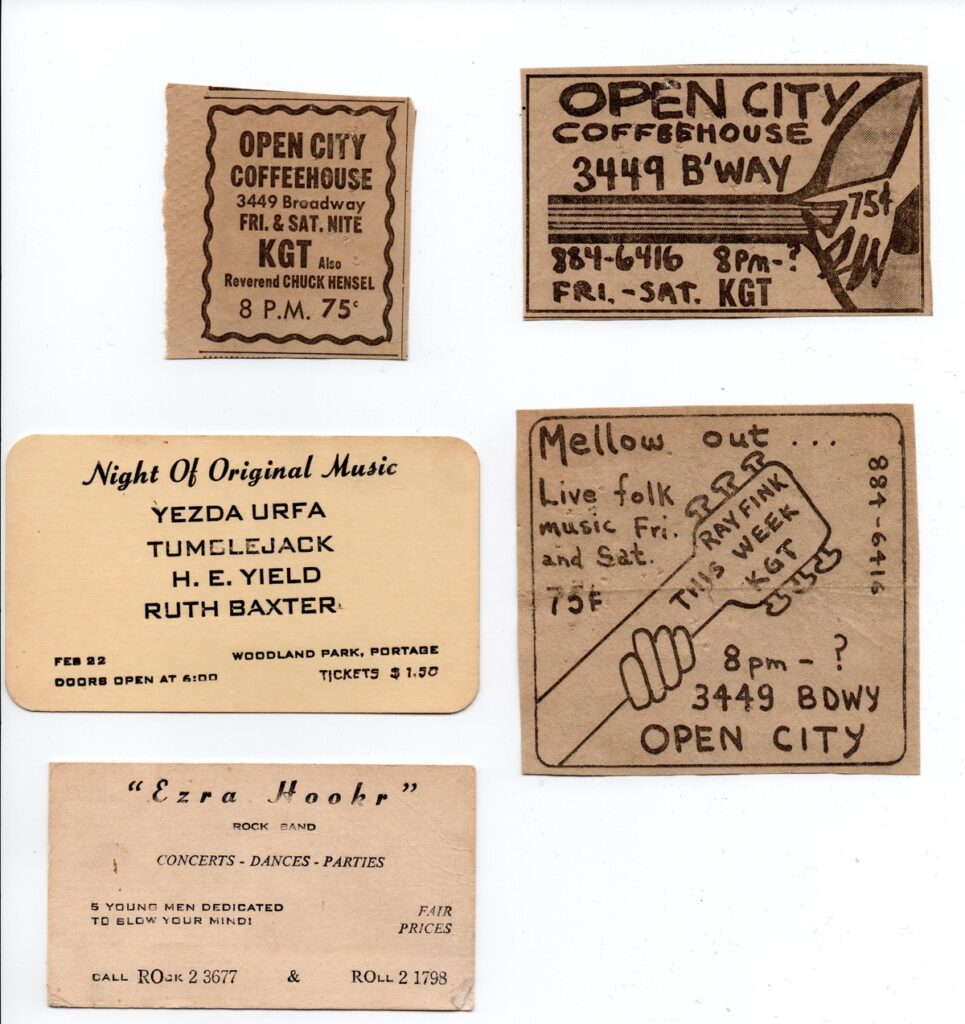
So what led to the formation of the band, and what would you say was the original concept behind it?
Mark Tippins and I met in German class. At some point, I joined one of his rock band incarnations, and then he and I started playing as a folk duo, him on guitar and me on mandolin (which I believe was his). Later, we added a violinist, Dan Gottschling (who also lived down the street from me), and became KGT (such a creative name, eh?). We played a lot of coffee houses, and during our senior year of high school, we added Brad on drums and Mike Jensen on upright bass. After graduation, Dan went off to college, and Mike was replaced with Marc Miller. That’s the beginning of Yezda Urfa.
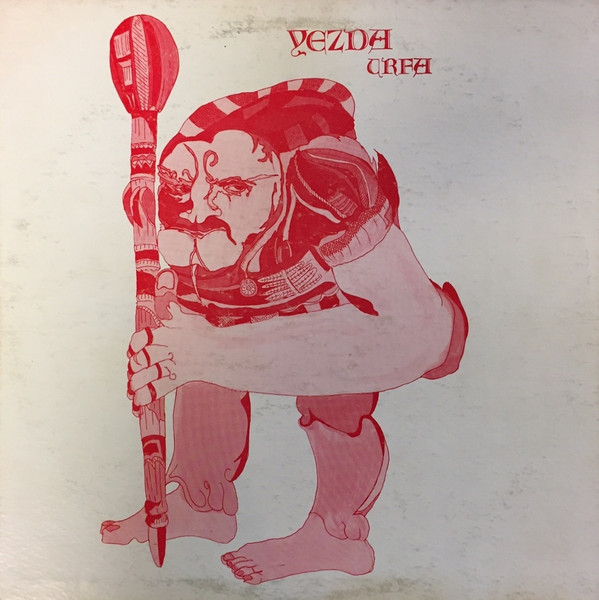
The only “concept” behind YU was that I recognized that Mark Tippins was one of those rare individuals who could create something highly original, and I wanted to be a part of that. Brad had no formal musical training but was probably one of the best drummers you’d ever hear, able to play in whatever ridiculous time changes we came up with. Rick Rodenbaugh was also one of those naturally talented people with an amazing voice. Both died way too young.
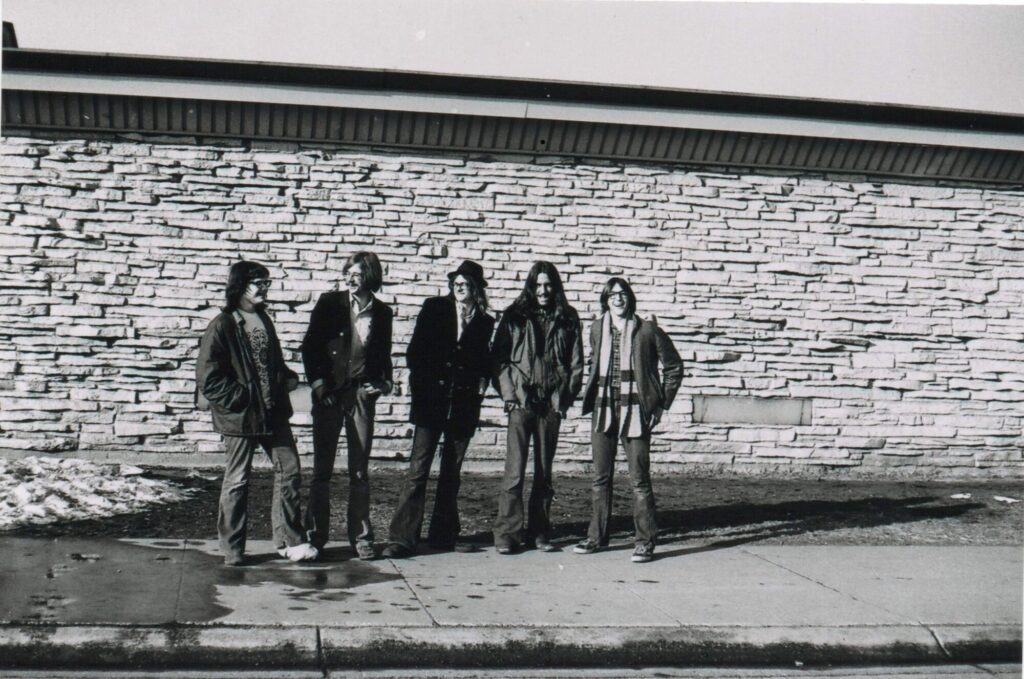
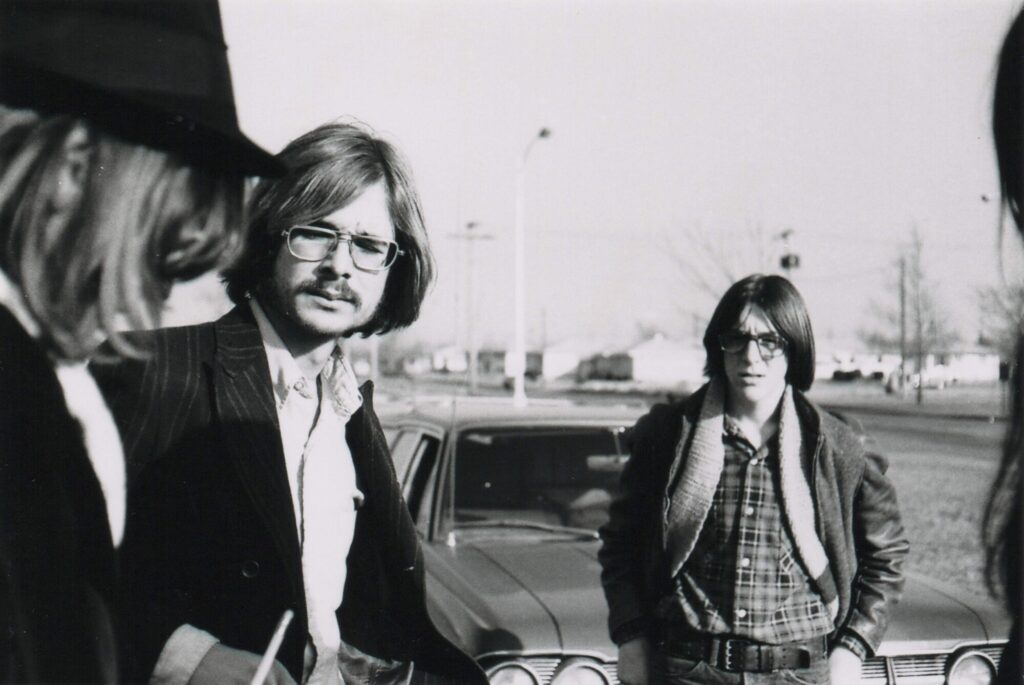
I would love it if you could dive into the compositions on your ‘Boris’ and share some of the strongest memories from recording and producing it.
Mark Tippins was the primary writer of most of the tracks. I contributed a few bits to ‘3, almost 4, 6, yea’ and probably was most responsible for producing the recording, aka cajoling people to get things done. I can be quite annoying if need be.
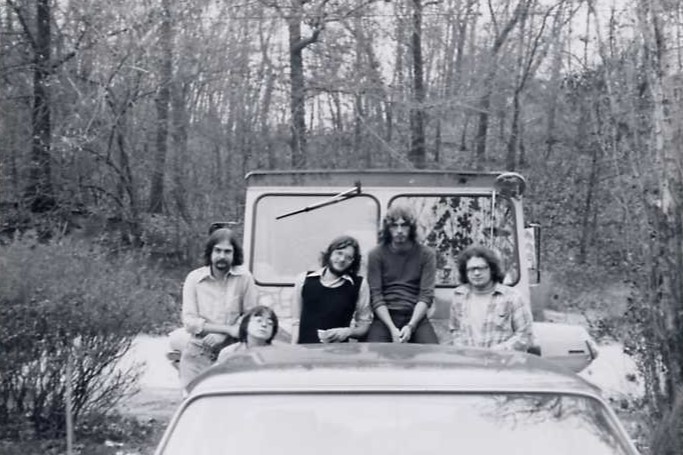
Where did you record it? What kind of equipment did you use, and who was the producer? How many hours did you spend in the studio?
It was recorded and mixed at Universal Studios in Chicago during a two- or three-day period in May of 1975. Our manager at the time, Phil Tarr, is credited with producing the album, which just meant he was paying for it. Given the time constraints (aka budget), we had to record, overdub, and mix a lot faster than we would’ve liked to, so we rehearsed a lot before the sessions. But it was great to be in a real studio. The engineer assigned to us, Jerry Declercq, was older (probably in his late 40s to early 50s) and had been at Universal since the early ’60s. I don’t think he knew what to expect.
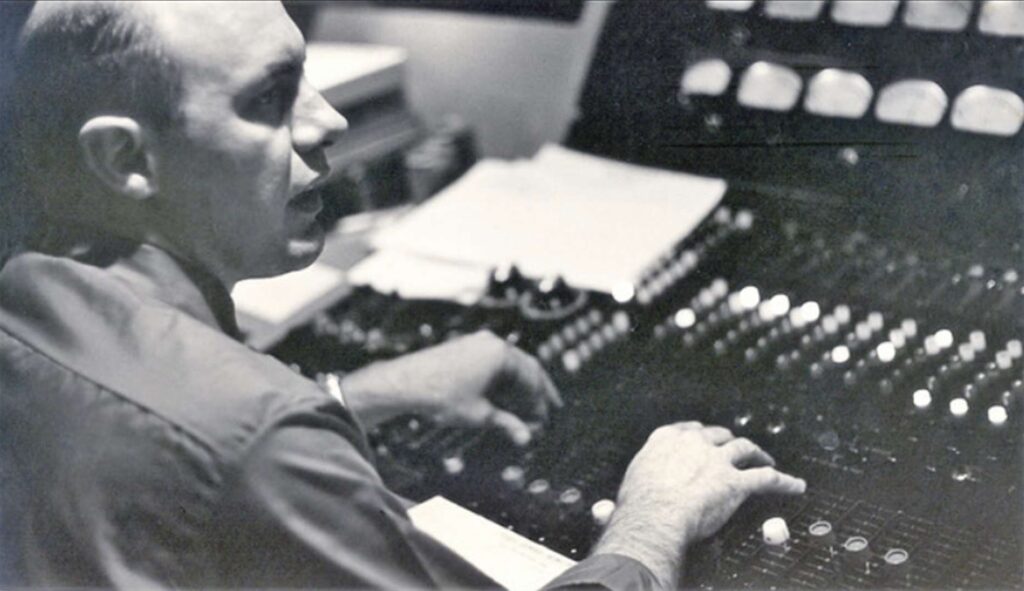
Would love it if you could shed some further light on the ‘Sacred Baboon’ recordings?
We started recording again at Universal Studios in Chicago in early 1976. I remember not loving the sound we were getting from the way they were miking the drums. It sounded too dead. At one point, while complaining about it, I grabbed some cardboard boxes (probably 2” tape boxes) and started banging on them, saying this sounds just like the toms. We were always trying to get that English studio sound, ala Bill Bruford’s kit, but never could at Universal.
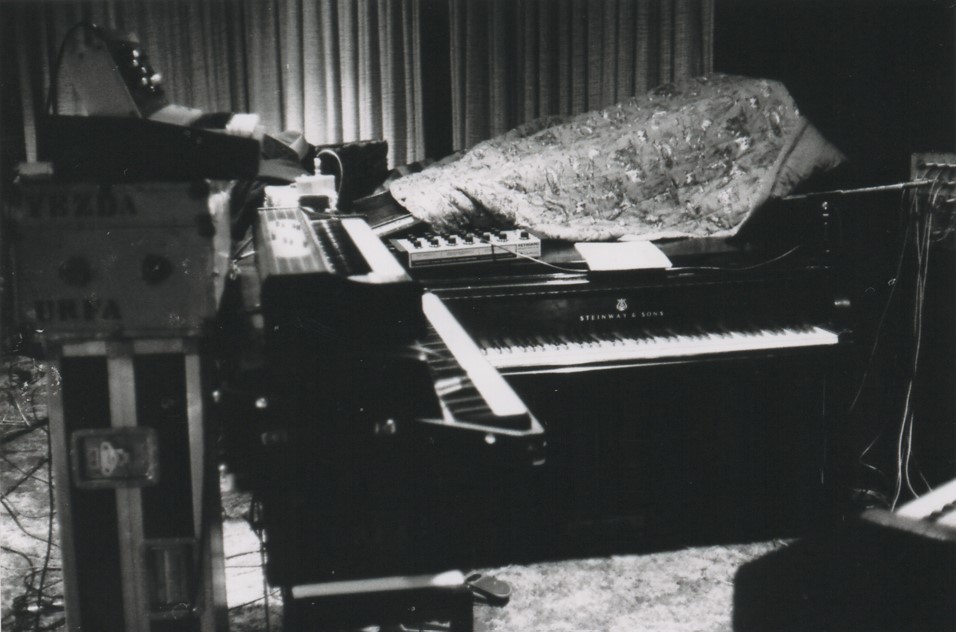
So, we switched to Hedden West Studios in Schaumburg, Illinois, with Gary Hedden engineering. In addition to being a 24-track studio with a more modern console, Hedden West had a nice Moog Model 15 that we used. I remember recording the solo at the ending of Tota in the Moya as an overdub from the control room (where the Moog was located) and doing the down and up glissando in one quick take. At least Gary was impressed. In addition to a Hammond B3, a nice Steinway grand piano, and great microphones that Hedden West had, I used my Minimoog, Rhodes 73 Stage piano, Elka String Ensemble, recorders, flute, and accordion.
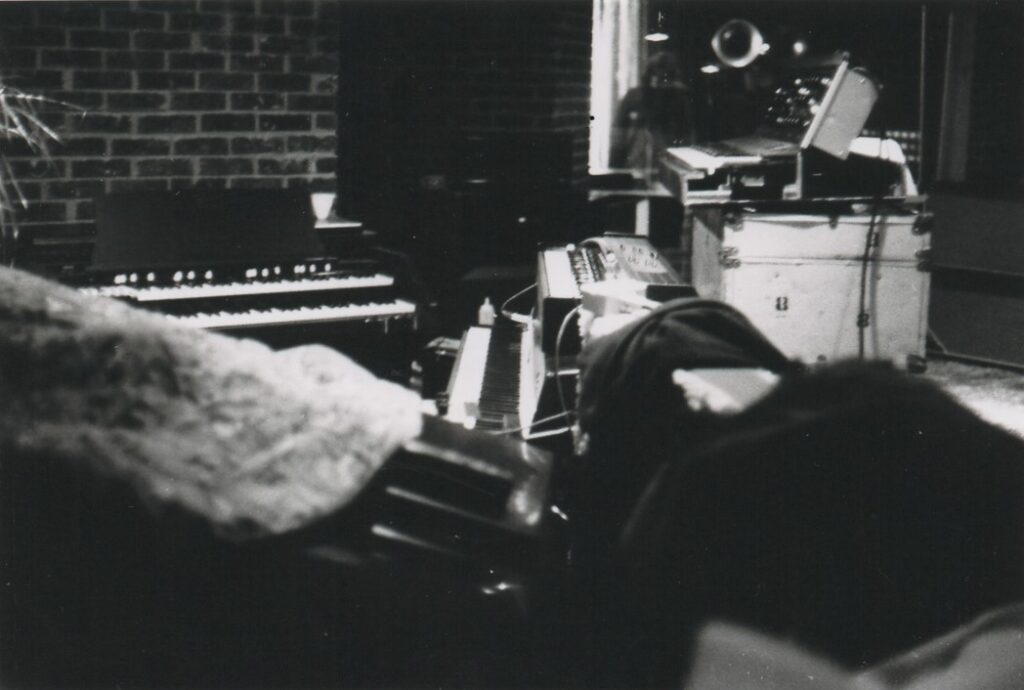
What would be the weirdest gig you ever did?
Recording a ballad (Love on the Moon) for an older gentleman who thought he was a songwriter in Portage. He hired us as the backing band. Probably our first real studio experience. Terrible song, but fun to be in a studio. I think that got us hooked.
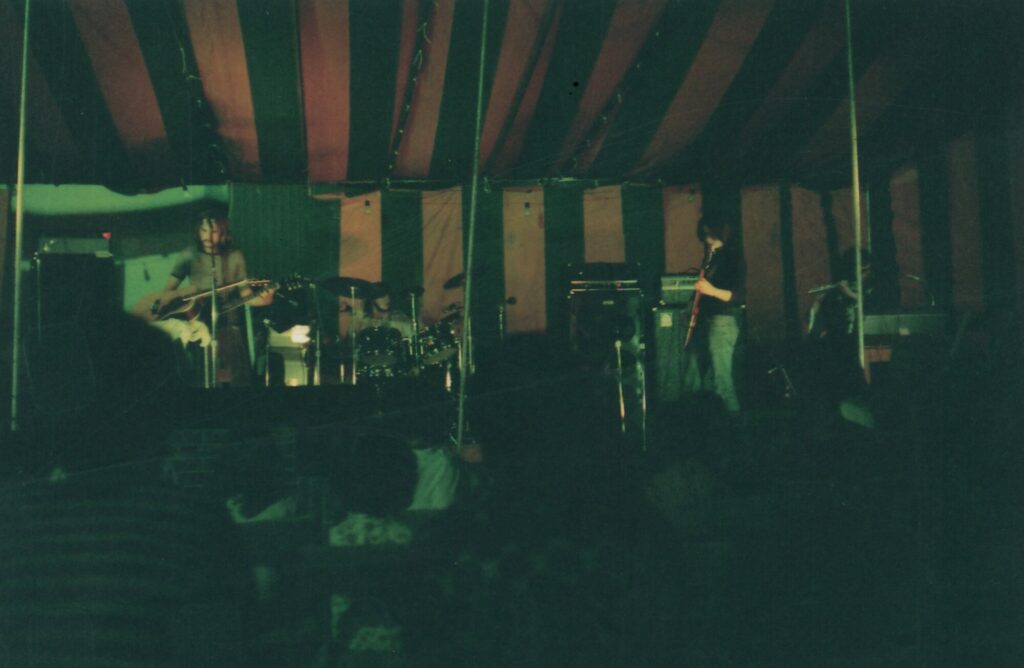
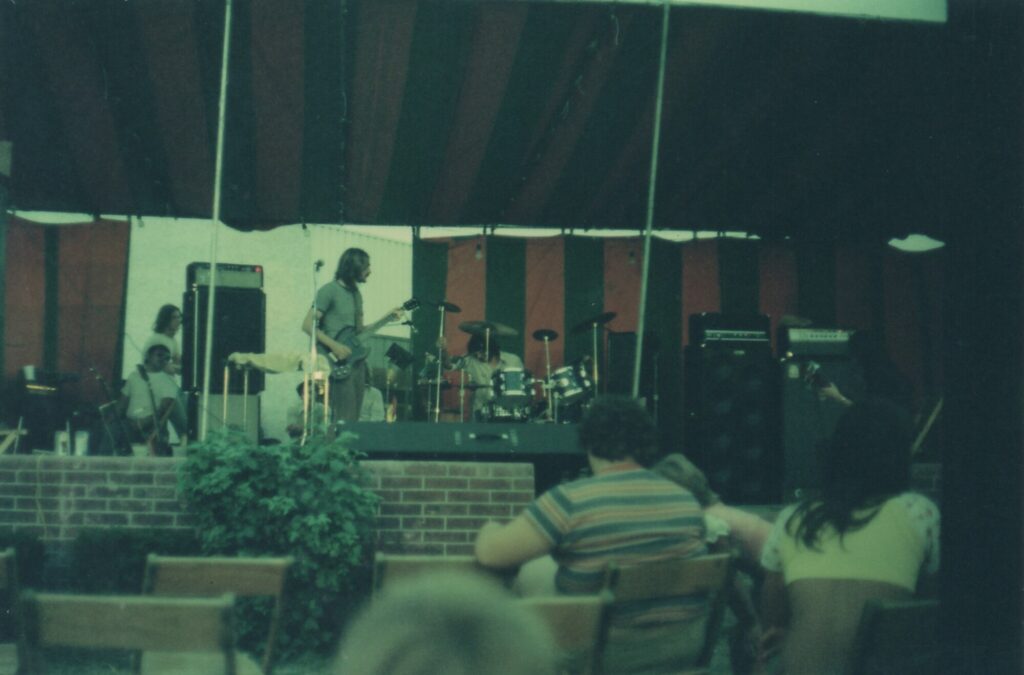
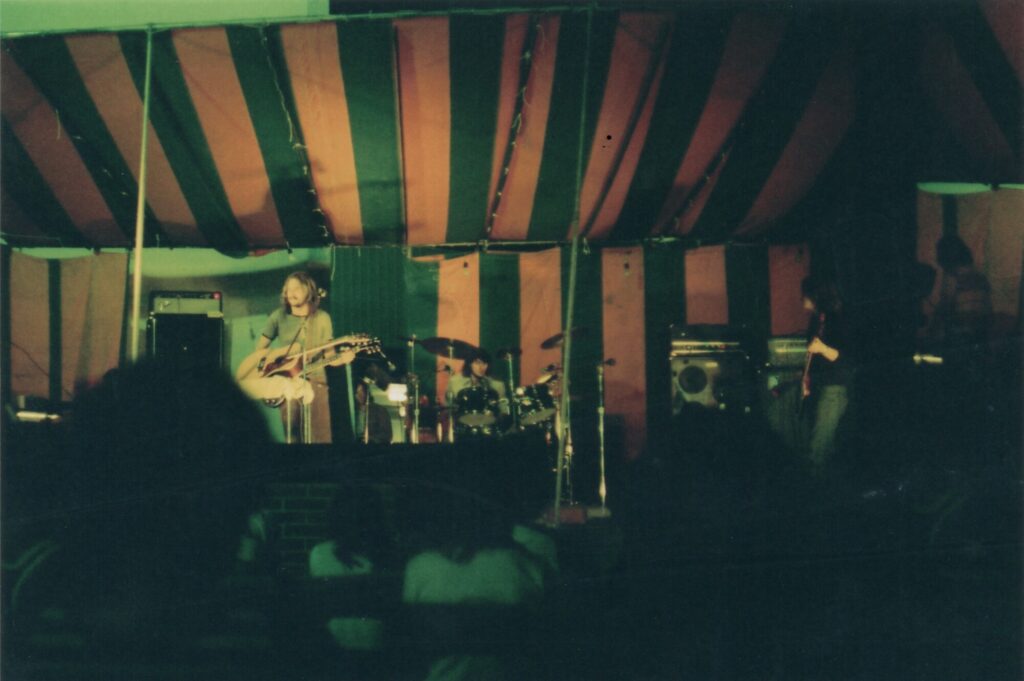
Looking back, what was the highlight of your time in the band? Which songs are you most proud of? Where and when was your most memorable gig?
The highlight was just being in a band that was working on something original and unique, and of course, the smell of 2” Ampex tape flying over the recording heads at 30 inches per second in the studio. You can’t smell digital (unless you get really close to the computer…).
‘Cancer of the Band’ and ‘My Doc Told Me I Had Doggie Head’ on ‘Sacred Baboon’ are great tracks with great recordings, but one of the better-sounding recordings we ever did was on ‘L.A.,’ which we recorded at Hedden West’s new Studio A as a favor to Gary. He wanted to shake out the room before opening it officially. I only wish we’d gotten an actual mix. I have just a cassette copy that had some noise reduction issues (pumping hiss and some tape noise) that was just run off a quick mix. Great vocals by Rick and guitar solos by Mark. The version that YU (minus me and Rick) played at NEARFest 2004 is also great. Funny thing about the NEARFest YU lineup: the singer they used to replace Rick was Ronnie Platt. He’s the only musician ever associated with YU to make a living in music after he got the gig as the lead vocalist in Kansas a few years later. Quite an amazing singer.
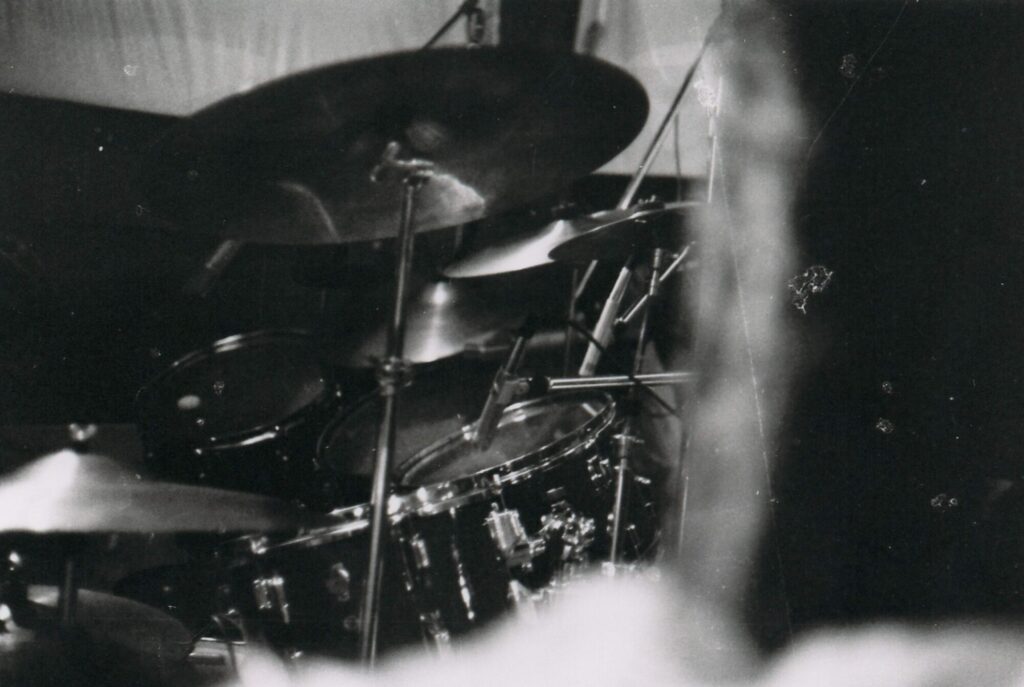

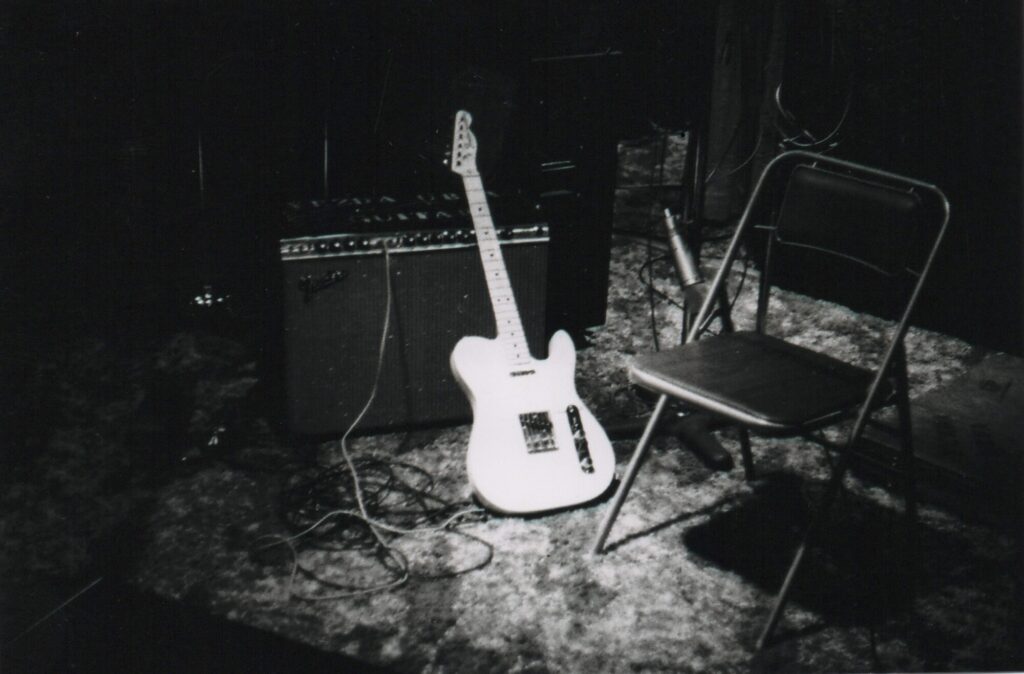
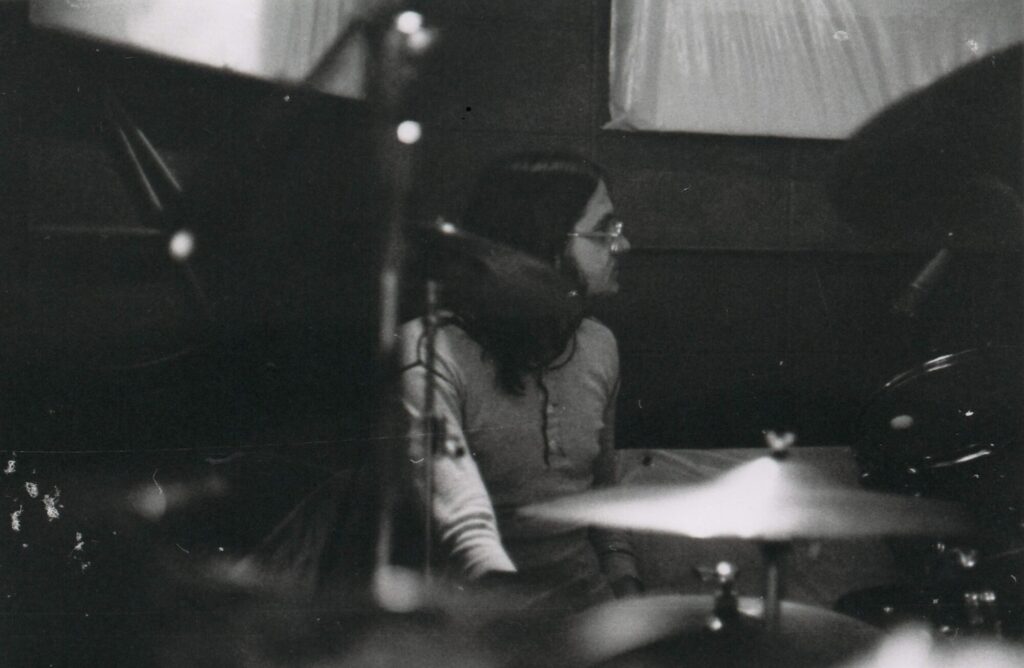
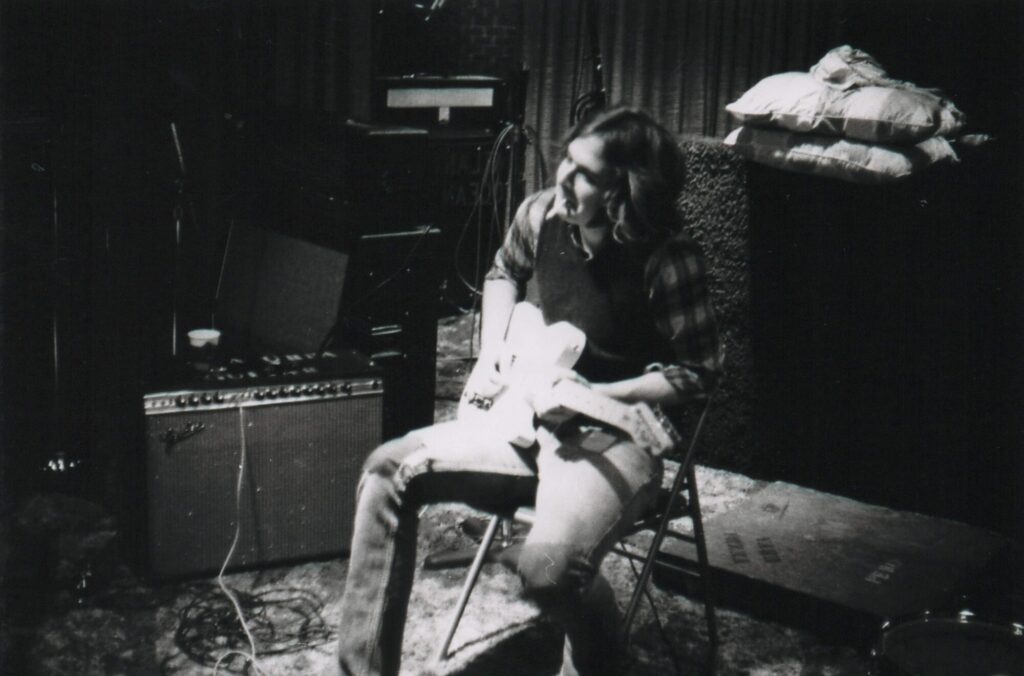
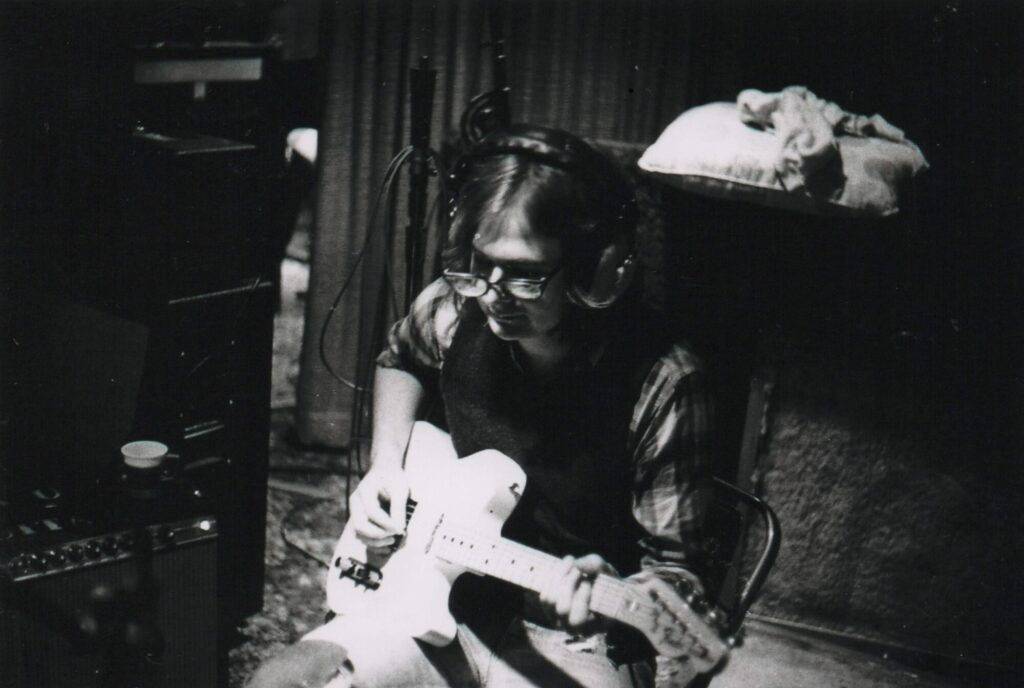
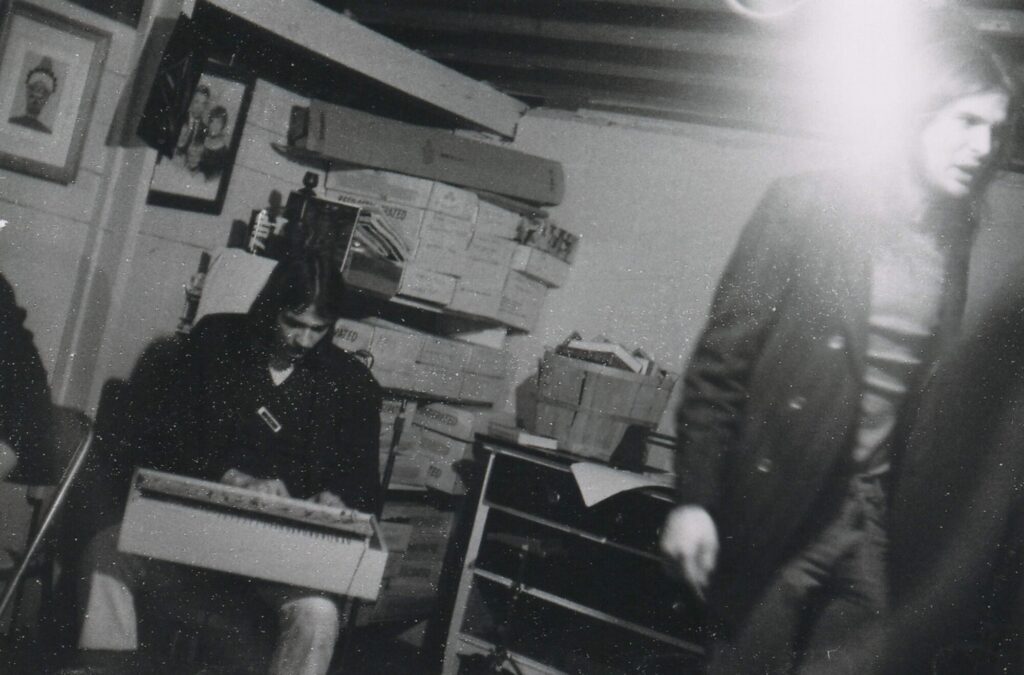
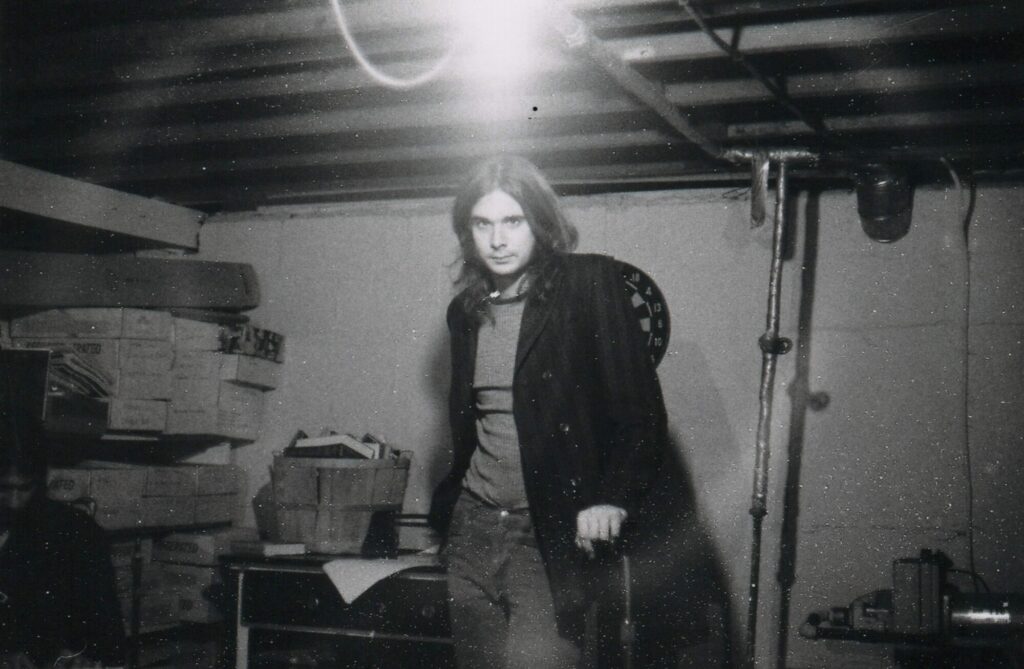
The one and only road trip we ever did (that I was part of) was playing at Augustana College in the Quad Cities. Dan, the former violinist in KGT, was going to college there and arranged the concert in a great hall with an actual pipe organ that I was able to use, although it was set up on the left side of the stage, which was typically where Mark set up. I usually was on the right, so I had to dash across the stage to use it on one section and then back again. Pretty sure I looked like an idiot.
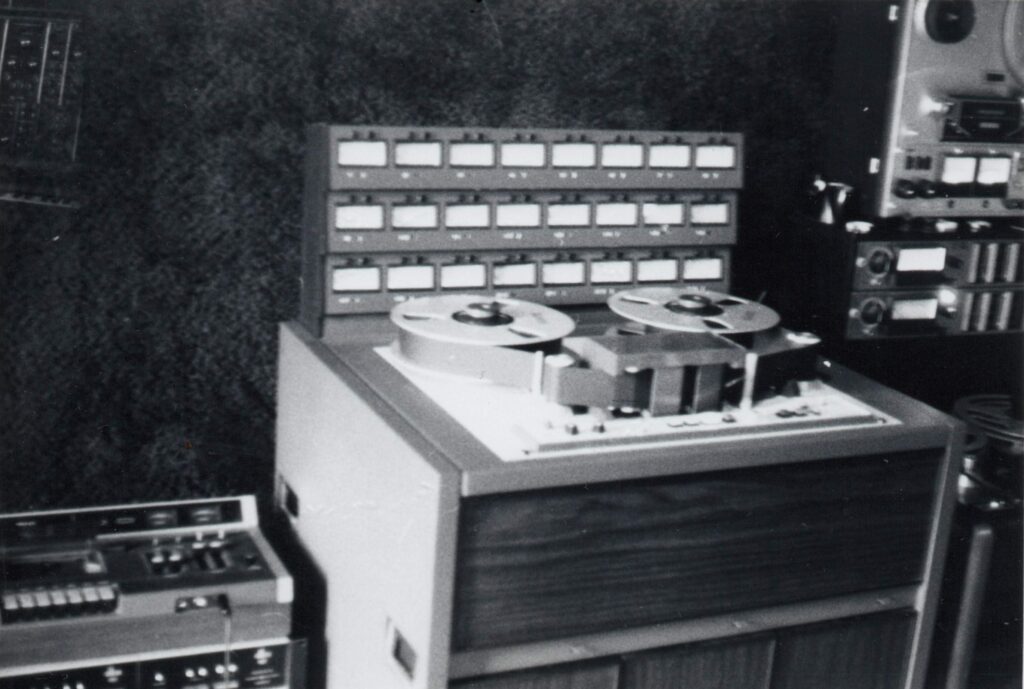
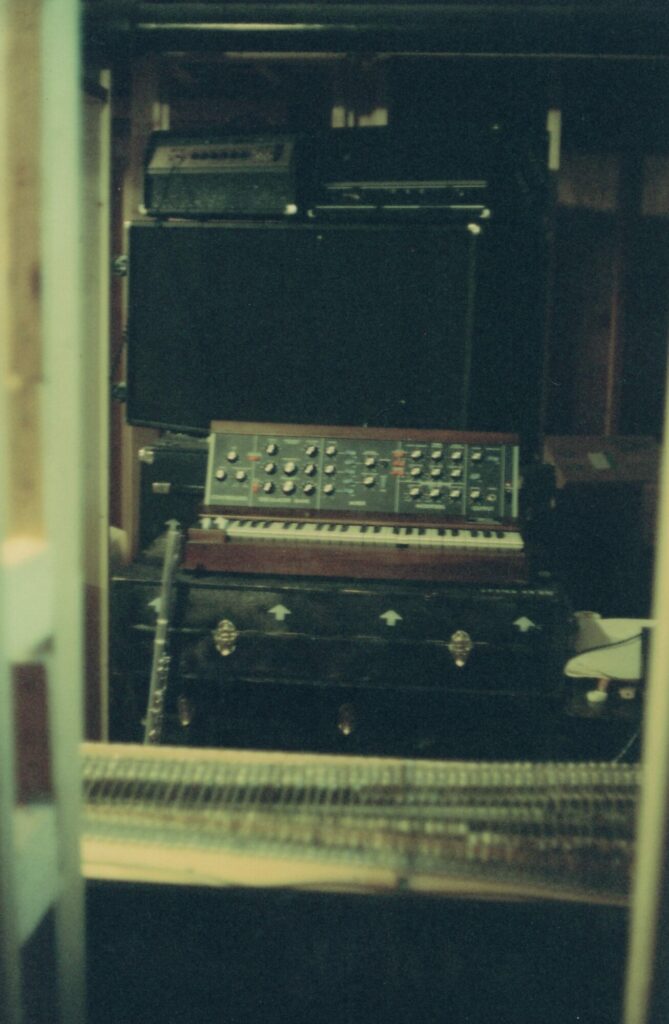
What happened after the band stopped? Were you still in touch with other members? Tell us what occupies your life these days.
Mark, Rick, and I worked on Crafty Hands, which was more akin to Steely Dan than Gentle Giant. It was our attempt at something more commercially viable. Which, of course, it wasn’t. But there are some nice vocals from Rick and guitar solos from Mark. We built an 8-track studio in Mark’s parents’ basement and recorded it there, then had it mastered and albums pressed at the same facility where we had Boris pressed (A&R Records in Dallas).
I started programming computers in 1984 and continued trying to write music. In 1989, we moved to Los Angeles, where I’d had one song under contract with a publisher. In addition to programming full-time, I started to get involved in writing music for film and TV, albeit mostly on indie/student films and low-budget TV. I did take some orchestration classes and was able to write for and conduct some fairly large studio orchestras (from five players up to 57), some of them recorded in the same studio where The Simpsons recordings were done. I ended up getting invited by one of the engineers to one of their sessions—the one where Spinal Tap is the guest (“The Otto Show”). That was pretty interesting to watch.
At one of the student film premieres at UCLA, where I’d written the score and had recorded it with an orchestra for two of the films, Oliver Stone was the guest presenter. Afterwards, he came up to me and said he loved the music and talked about maybe doing something together. Very cool, except, of course, that nothing ever materialized from it other than a quick meeting with his music producer and him sending me a script that was never made into a film. Definitely a conspiracy in the making….
I also did a live radio broadcast on the LA classical station’s “Sunday at Four” concerts, where I conducted three pieces I’d written for orchestra, and Quincy Jones was also the guest conductor of his pieces. Sadly, the camera we used to take a picture with him backstage didn’t have film in it! See what I mean about a conspiracy?
After living in L.A. for 30 years and having risen to the very bottom rung of the music industry ladder, we decided to move to the Shenandoah Valley in Virginia, about 20 minutes south of Harrisonburg, where another prog band we admired, Happy the Man, grew up. Coincidentally, years earlier, we were on a compilation double-album with them and others on Syn-Phonic called Past, Present and Future.
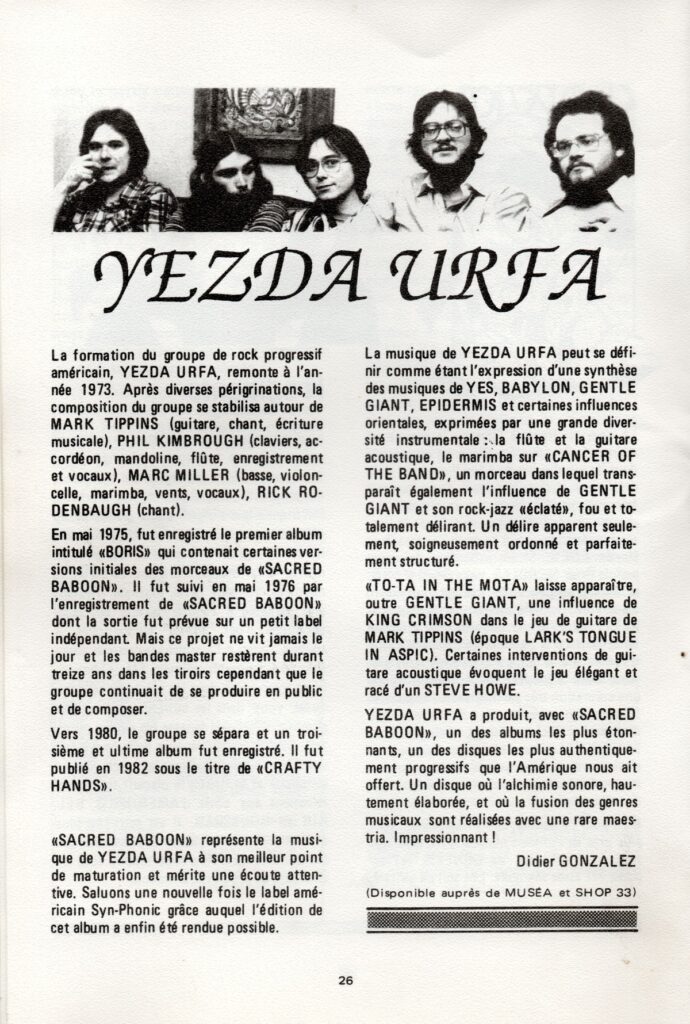
I’m still programming computers and, in my spare time, build classical guitars (and a couple of other instruments), mostly for the grandkids. But I am looking into taking the next batch of guitars out to dealers and players to get some feedback as to their commercial viability, assuming, of course, that they don’t explode when strung up. You can hear some of them on my YouTube channel.
Is there any unreleased material?
We did some recordings in my basement in 1974 (before Rick joined) that were recorded on a 4-track recorder, which we call ‘The Second Joel Tape,’ as it was the second time Joel Nygra (a friend from another local band, Ruth Baxter) did the recordings. It’s a really good recording and highlights the transition we were making from the KGT acoustic progressive style to what would become, a year later, ‘Boris.’
I have a bunch of song demos that will never see the light of day.
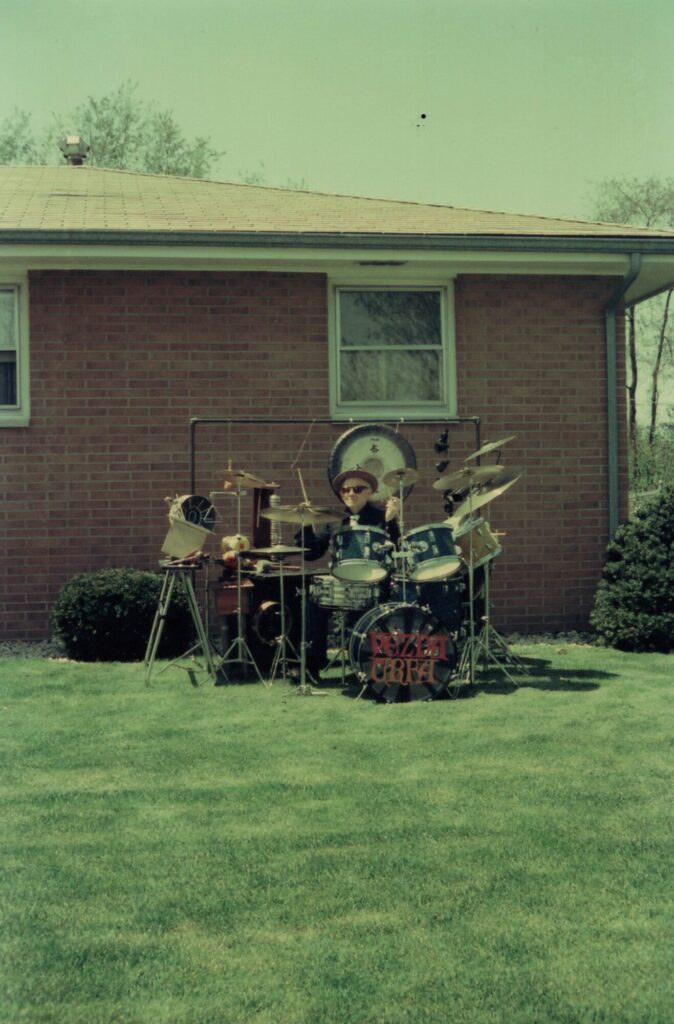
Thank you for taking your time. The last word is yours.
For anyone that hasn’t drifted off to sleep by now, support your local independent record label and buy all the Boris you can get your hands on. In 50 years, it will pay for your grandchildren’s pumpkin-spice lattes. I guarantee it.
Klemen Breznikar
Headline photo: Yezda Urfa live
Noble Records Official Website / Facebook / Instagram / YouTube
Yezda Urfa | Interview | “Boris”

